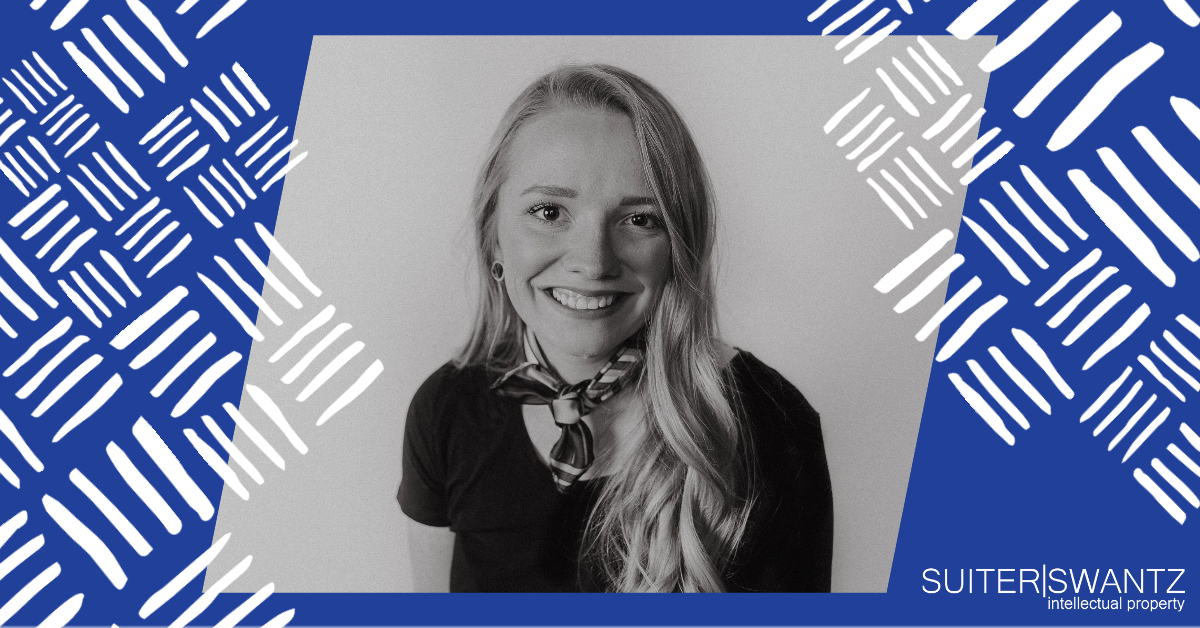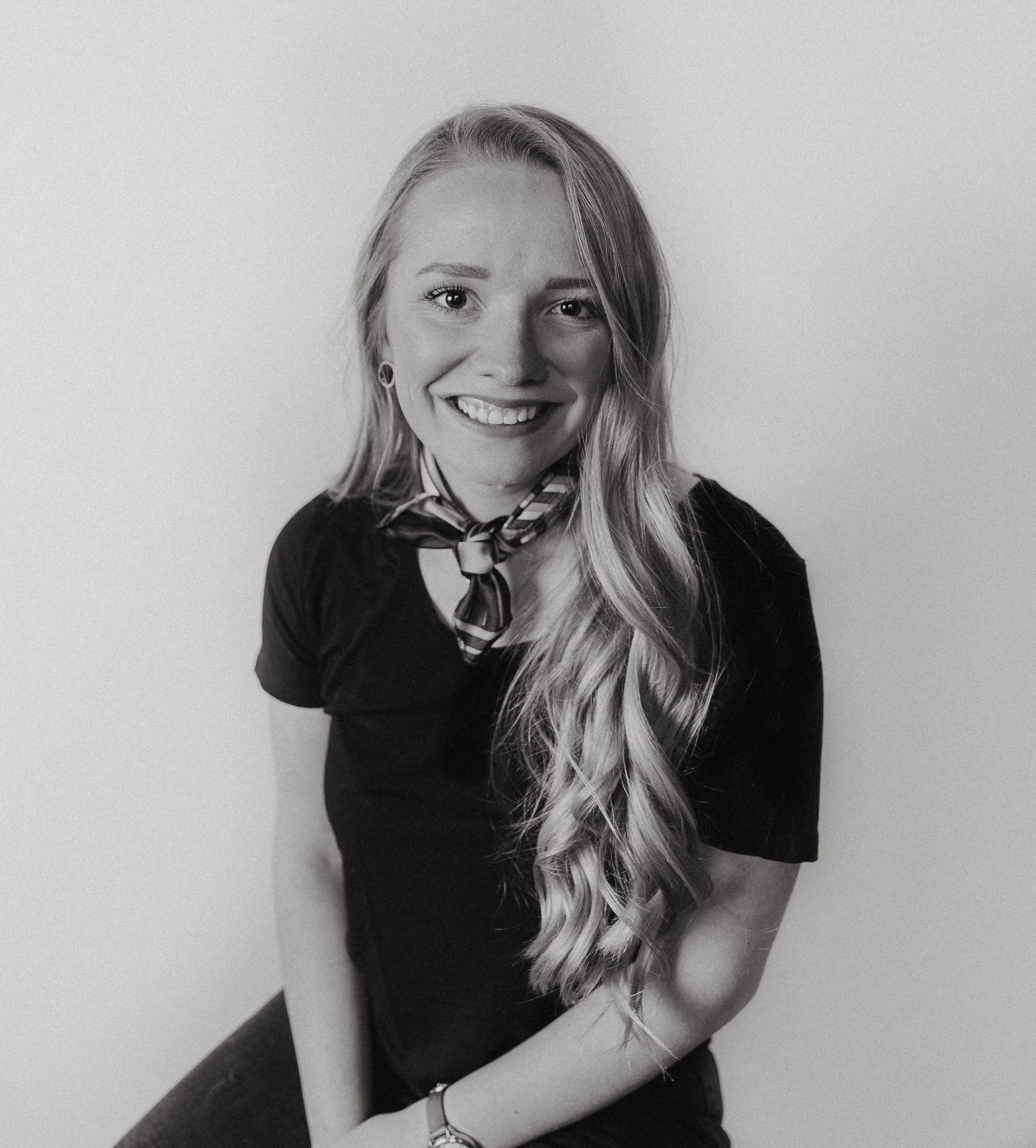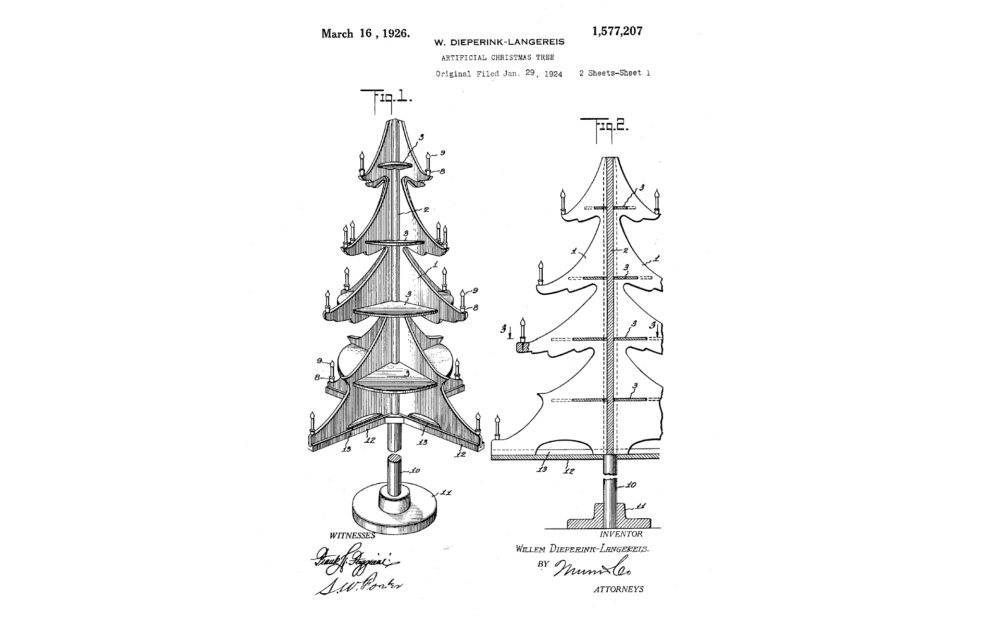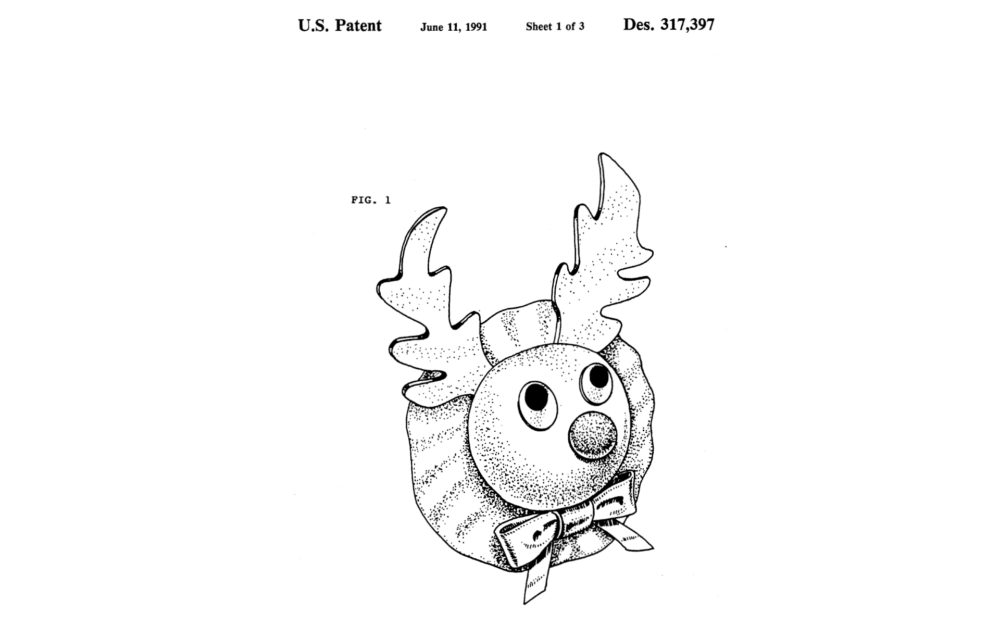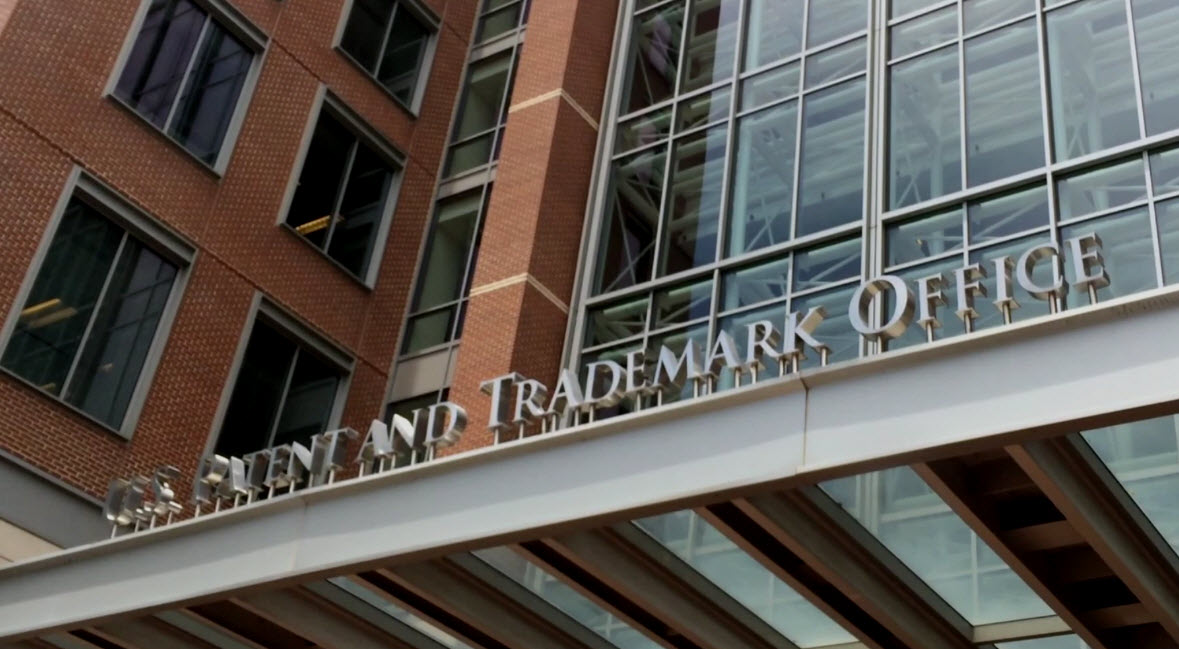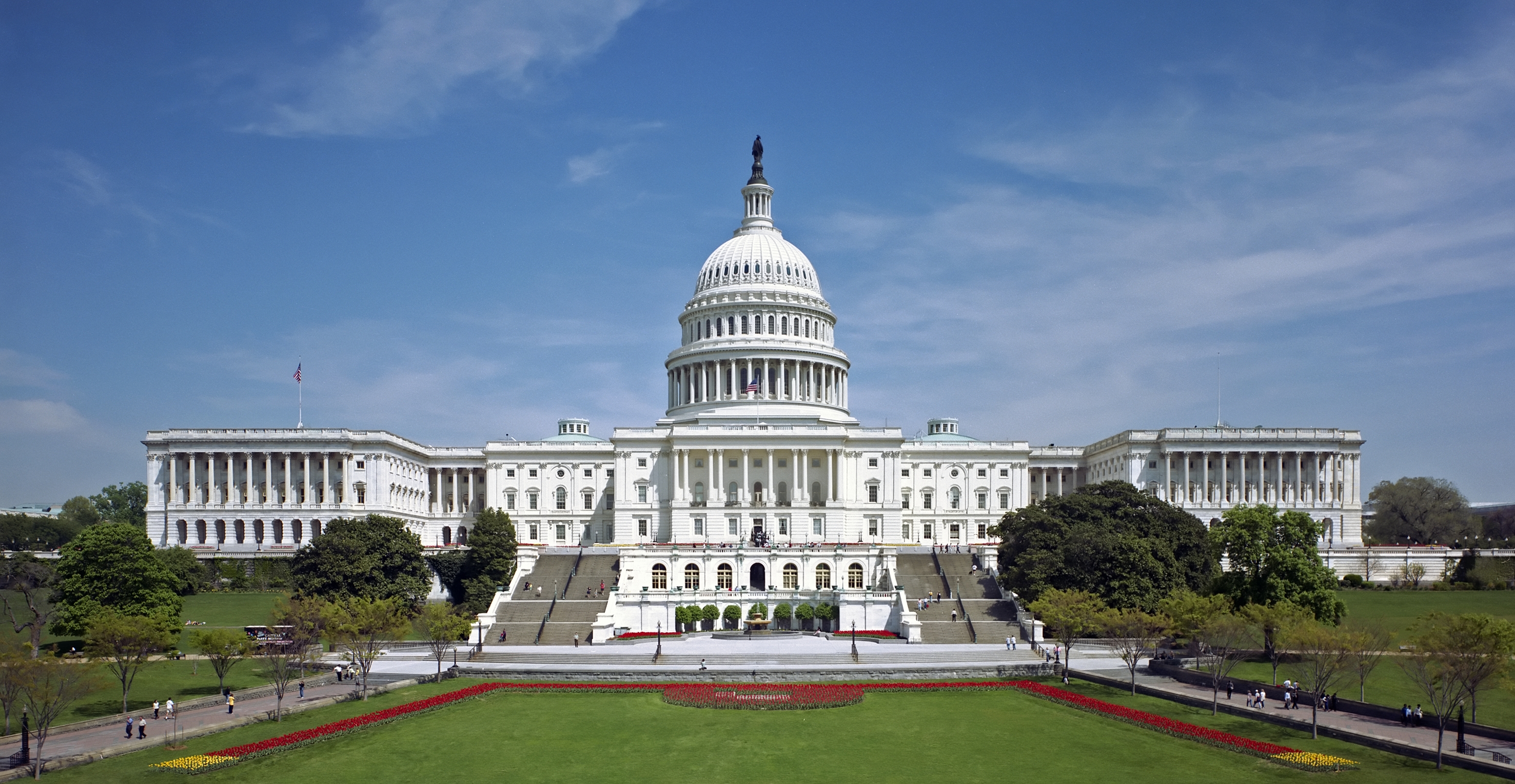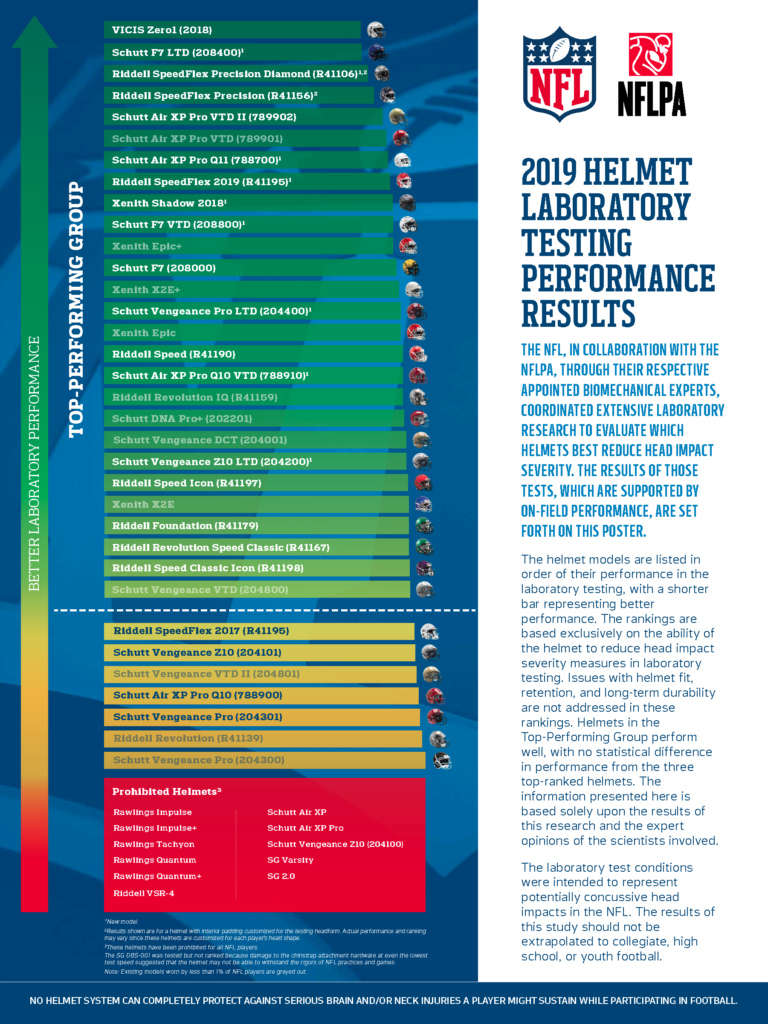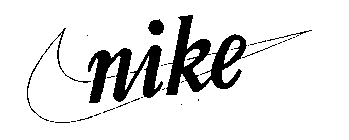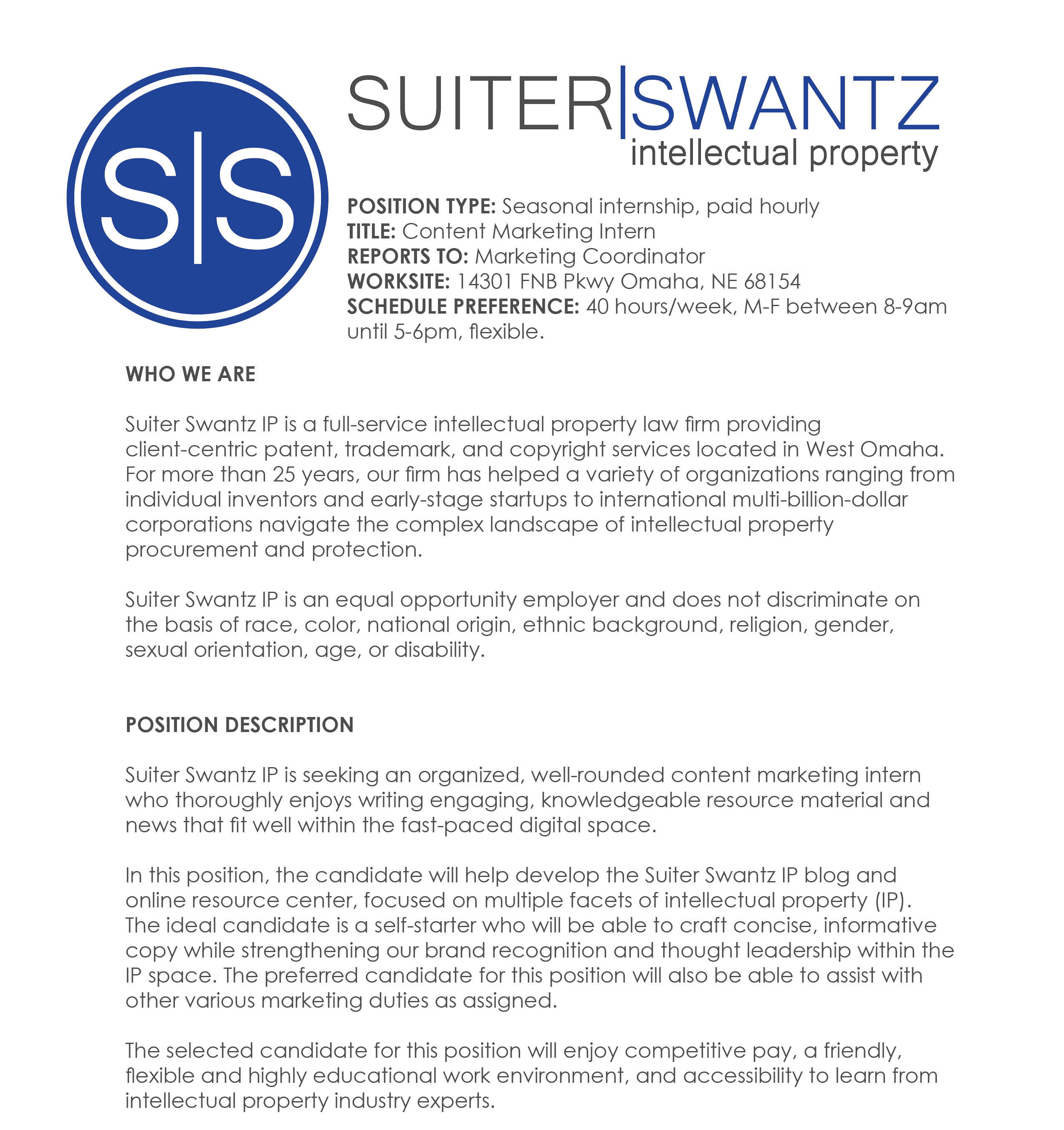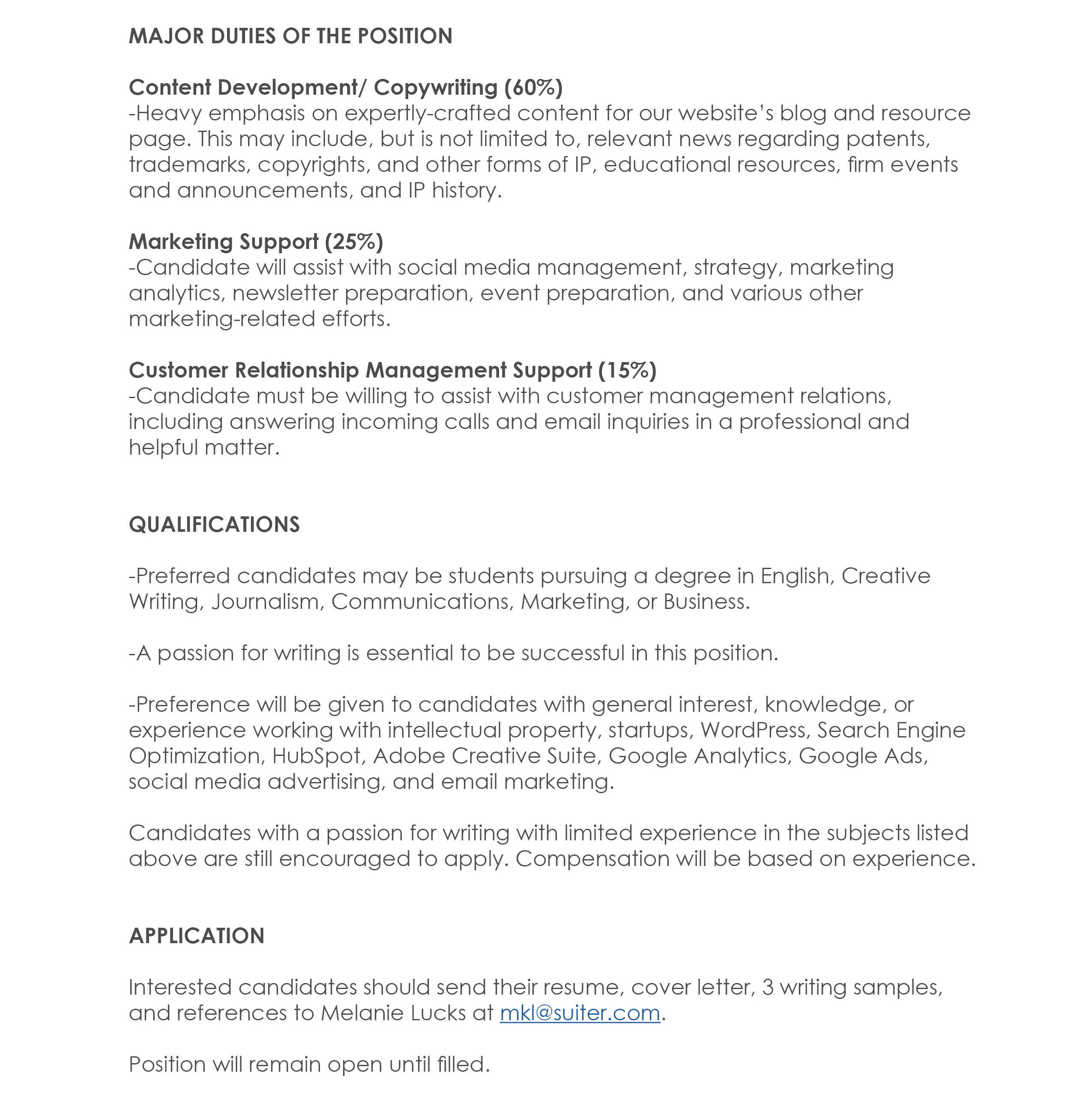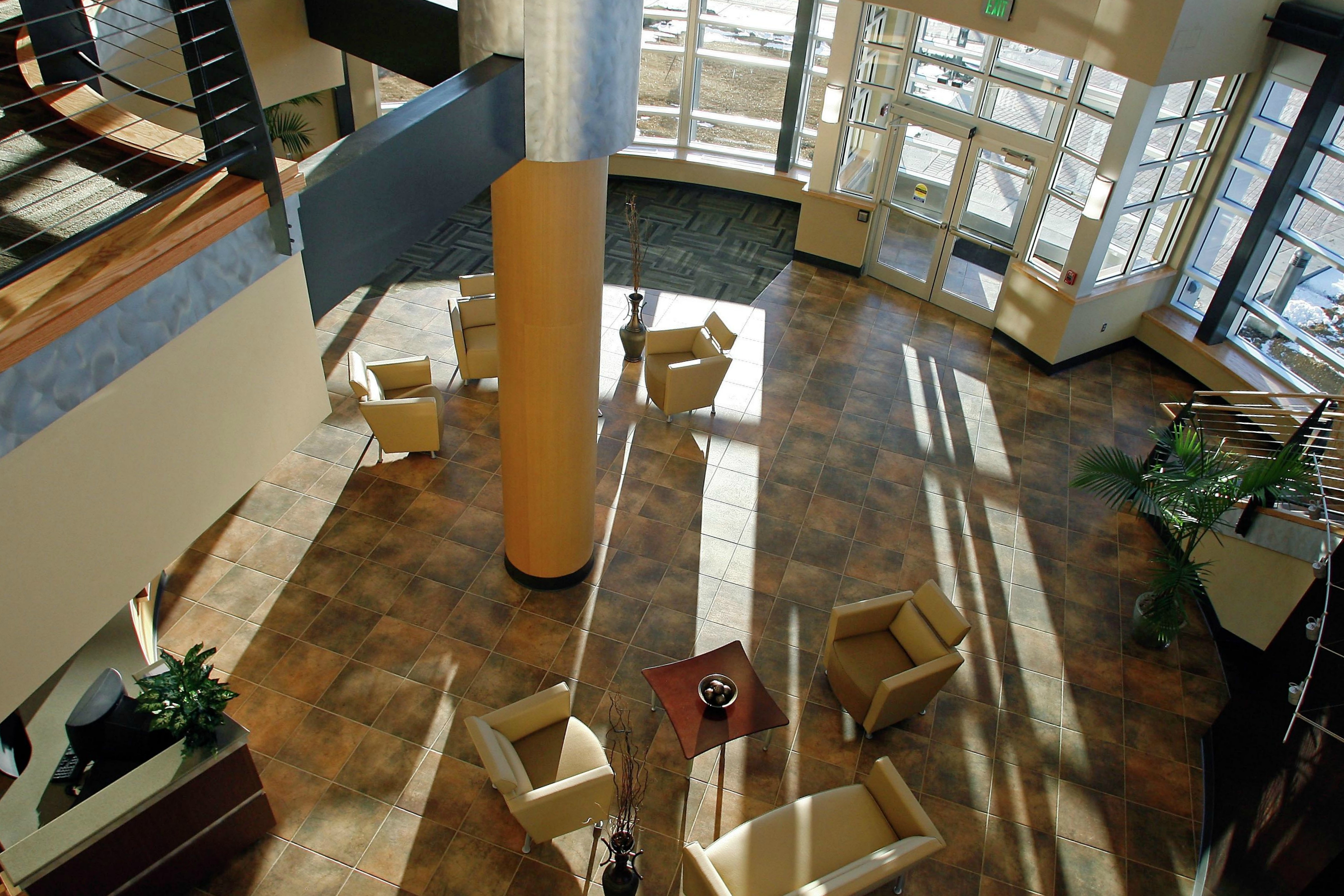Suiter Swantz IP Welcomes Marketing Coordinator Allyssa Hynes
Allyssa Hynes joins Suiter Swantz IP as Marketing Coordinator.
Allyssa holds a Bachelor of Journalism degree from the University of Nebraska-Lincoln. She majored in Advertising and Public Relations with minors in Political Science and Global Studies. Allyssa's background is well-rounded in social media marketing, multi-media storytelling, and public relations.
Additionally, Allyssa served as the firm's Content Marketing Intern in the summer of 2019.
In her first few weeks as Marketing Coordinator, Allyssa has enjoyed learning more about the patent process and looks forward to creating engaging marketing materials regarding intellectual property law.
Outside of work, Allyssa enjoys playing tennis, running her own photography business, spending time with family, and traveling to new places.
Suiter Swantz IP is a full-service intellectual property law firm providing client-centric patent, trademark, and copyright services. If you need assistance with an intellectual property matter and would like to speak with one of our attorneys, please contact us at info@suiter.com.
5 Inventions to Celebrate the Holidays
It's the most wonderful time of the year! To celebrate Christmas approaching, take a look at a few pieces of holiday-themed intellectual property.
#1,557,207
Artificial Christmas Tree
This invention adds the perfect ambiance to any storefront or window display. Willem Dieperink-Langereis was granted a patent for this “Artificial Christmas Tree” on March 16, 1926.
The inventor also noted in the patent that this invention is of national significance because it can substitute for a natural tree, resulting in forest preservation.
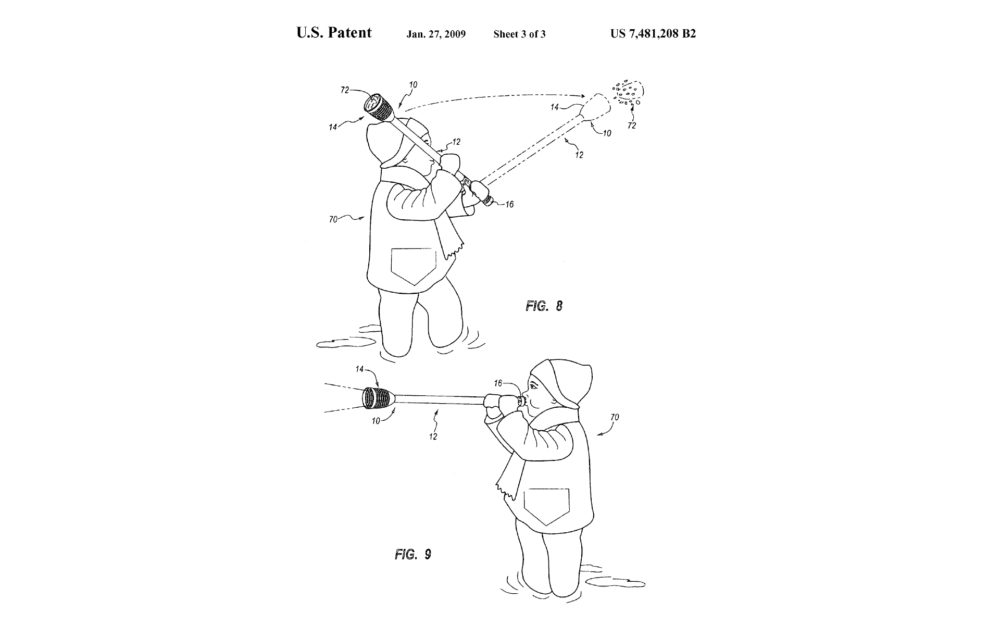 #7,481,208
#7,481,208
Snowball Forming and Throwing Toy
This invention takes snowball fights to the next level. Besides forming and throwing snowballs, the handle of this toy also doubles as a bugle!
According to the patent, the interiorly patterned cup portion of the toy loosens packed snowballs that can otherwise cause harm during a snowball fight. The patent also notes that the toy is complete with a hollow handle with control holes to be opened and closed to increase throwing accuracy.
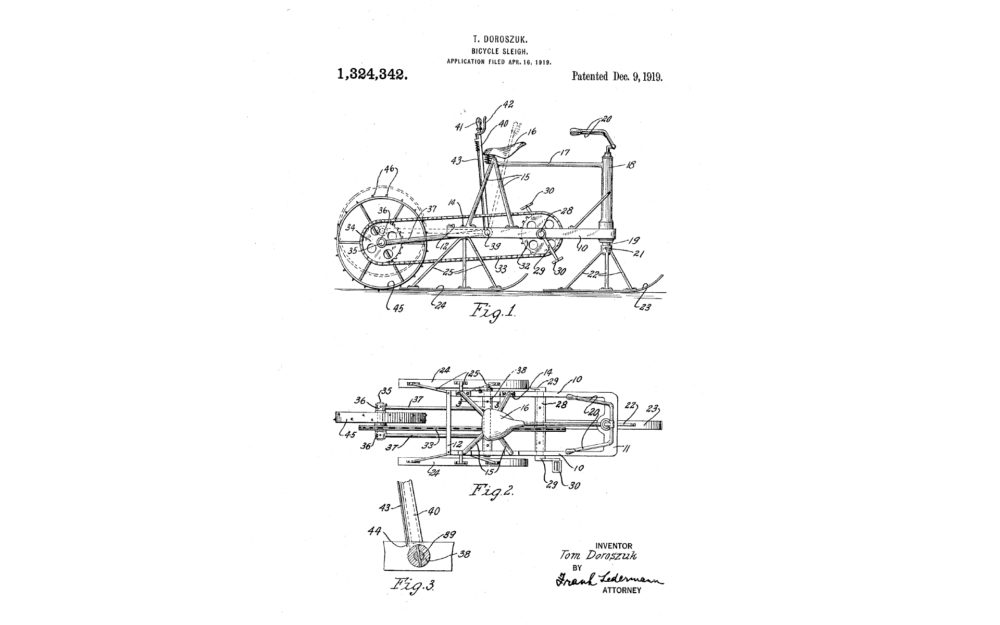 #1,324,342
#1,324,342
"Bicycle Sleigh"
This invention may be perfect for getting to work on the snowy days of the holiday season. On December 9, 1919, Tom Dohoszuk was granted a patent for the “Bicycle Sleigh.” According to the patent, Dohoszuk’s invention was "simulative of a bicycle and similarly operated whereby a rider may advance over the surface of ice or snow at relatively high speed.”
#317,397
Reindeer Door Knob Cover
A festive holiday home would not be complete without an appearance from Rudolph the red-nosed reindeer. This decoration was patented by Mary C. Guberman on June 11, 1991.
#2005/0132579 A1
Cookie Cutter Assembly
One of the best parts of the holidays is all of the sweets traded between neighbors, coworkers, friends, and family. With this invention, a baker can save time by cutting multiple cookies at once! Georganne Sartori was granted a patent for this invention on June 23, 2005.
What is your favorite piece of holiday-themed intellectual property? Be sure to let us know in the comments or on social media @SuiterSwantz.
From all of us at Suiter Swantz IP, we wish you and your family a happy and safe holiday season!
--
Suiter Swantz IP is a full-service intellectual property law firm providing client-centric patent, trademark, and copyright services. If you need assistance with an intellectual property matter and would like to speak with one of our attorneys, please contact us at info@suiter.com.
USPTO Releases Update to 2019 Revised Patent Subject Matter Eligibility Guidance
On October 17, the United States Patent and Trademark Office (USPTO) released an update to the 2019 Revised Patent Subject Matter Eligibility Guidance.
The update comes as a response to public comments received in response to the 2019 Patent Eligibility Guidance (2019 PEG) which was released in January.
In the release, the USPTO notes that the update does not change the 2019 PEG, but "provides further explanation on how the USPTO applies such guidance." The update provides additional information on (1) Evaluation of whether a claim recites a judicial exception; (2) the groupings of abstract ideas enumerated in the 2019 Patent Eligibility Guidance; (3) evaluation of whether a judicial exception is integrated into a practical application; (4) the prima facie case and the role of evidence with respect to eligibility rejections; and (5) the application of the 2019 Patent Eligibility Guidance in the patent examining corps.
The October 2019 Update materials are available to the public on the Subject Matter Eligibility page of the USPTO website.
5 Spooky Patents to Celebrate Halloween
Whether you're snacking on candy that has a registered trademark, reading a scary book that has been copyrighted, or carving pumpkins with a patented tool, this month you are very likely to come in contact with a variety of Halloween-themed intellectual property (IP) firsthand.
While there are many inventions that are focused on children celebrating Halloween, the United States Patent and Trademark Office (USPTO) has also issued many strange and spooky patents and trademarks. To celebrate Halloween this year, we've put together 5 of the creepiest patents we could find.
1. Natural Creeping Baby Doll (U.S. Patent Number 118,435)
In 1871, George Pemberton Clarke was granted a patent for "creeping dolls." According to his patent, Clarke wanted to improve the construction and operation of creeping (crawling) dolls. He wanted to mimic the natural movement of a baby's head and limbs by "means of certain mechanical devices and the application of a peculiarly-constructed lever to operate the leg, in contradistinction to the arm on the same side."
2. Improvement in Coffins (U.S. Patent Number 369,252)
In 1879, James Shannon created a fastener to “prevent the displacement of the corpse in a coffin during the transfer of the remains down a flight of steps or stairway to the ground floor of a house, when the corpse is apt to slip to the lower end of the coffin and to steady the remains in the casket while in the hearse and on the route to the cemetery or place of interment.”
While Shannon’s belt fastener was useful for keeping a corpse in the coffin, his patent also noted that the fastener “aims to frustrate the efforts of persons who, from motives of cupidity, attempt to remove the remains from the grave.”
3. Jack-A-Lantern (U.S. Patent Number 369,252)
In 1889, George A. Beidler received a patent for his model of a jack-o’-lantern which was constructed out of “sheet metal, papier-maché, glass, or other material capable of being stamped-up, molded, or otherwise.”
Beidler wanted to “provide a new article of manufacture of unique appearance which would form an attractive, desirable, and amusing toy for children, supply a long-known want, and could be used as a campaign-torch, for celebrations, torch-light processions, political meetings, and other like occasions where an effective pyrotechnic display is desirable.”
The patent also noted the faces on the lanterns “may be of any grotesque or ornamental design; but for political campaigns it is intended to have the faces represent those of the candidates of the political parties for whom the celebration is held.”
4. Ventriloquist's Dummy (U.S. Patent Number 2,114,851)
In 1938, Martha McCown was granted a patent for her new and improved ventriloquist dummy. According to the patent, McCown wanted to create a dummy that was durable and could be manufactured at a low cost. She also tried to make the inside parts of the dummy simple and conveniently assembled so that children would be able to manipulate the dummy easily.
5. Device for Collecting Treats (U.S. Patent Number 6,419,541)
In 2002, Surasak Apichom created a device for collecting Halloween candy that was designed to spook treat givers on Halloween. The invention had a handle that could be pulled by the trick-or-treater which would inflate a toy rat or snake quickly, shocking the treat giver.
As Halloween quickly approaches, we hope you enjoy a safe and spooky Halloween!
Suiter Swantz IP is a full-service intellectual property law firm providing client-centric patent, trademark, and copyright services. If you need assistance with an intellectual property matter and would like to speak with one of our attorneys, please contact us at info@suiter.com .
Sean Suiter Teaching Patent Law Course at Creighton University
Suiter Swantz IP Owner & Patent Attorney Sean Suiter is teaching a Patent Law Course at Creighton University once again this fall.
The course focuses on the fundamental principles of patent law and is designed for students interested in intellectual property law. Sean has taught a variety of patent and copyright law courses at Creighton University since 1998.
Sean Suiter
Sean Patrick Suiter is a patent attorney, founder, and co-owner of Suiter Swantz IP. Sean holds undergraduate degrees in English Literature, Chemistry, and Physics from Creighton University and the University of Nebraska, respectively. Sean received his Juris Doctor from Creighton University Law School.
Additionally, Sean is admitted to the U.S. District Court, District of Nebraska (1990); U.S. Court of Appeals, for the Federal and Eighth Circuits, U.S. Court of International Trade, U.S. Court of Federal Claims, U.S. Supreme Court (1991); and is registered to practice before the United States Patent and Trademark Office. Sean belongs to Delta Sigma Rho, and Tau Kappa Alpha. Prior to founding Suiter Swantz IP, Sean served as a Judicial Clerk to the Honorable John T. Grant, Nebraska Supreme Court, 1988-89.
Sean is also an Adjunct Professor of Law at Peking University School of Intellectual Property.
Suiter Swantz IP is a full-service intellectual property law firm providing client-centric patent, trademark, and copyright services. If you need assistance with an intellectual property matter and would like to speak with one of our attorneys, please contact us at info@suiter.com.
Suiter Swantz IP Welcomes Summer Content Marketing Intern Allyssa Hynes
Allyssa Hynes has joined Suiter Swantz IP as our Content Marketing Intern for the summer. 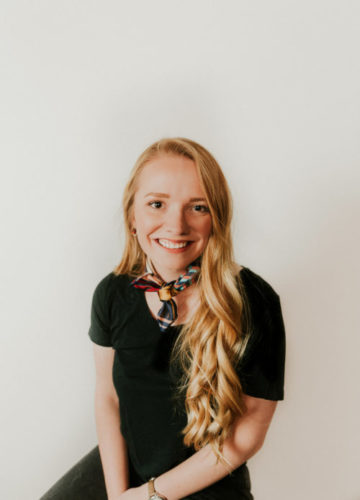
Allyssa is currently a student at the University of Nebraska at Lincoln and will graduate in 2020 with a Bachelor of Journalism, majoring in Public Relations and Advertising and a Bachelor's degree in Political Science with minors in Ethnic Studies and Global Studies. As a student, Allyssa participates in ASUN Student Government and is a member of the American Advertising Federation, Delta Gamma, as well as the Alpha Delta Sigma Honors Society.
Allyssa's background is well-rounded in social media marketing, photography, video storytelling, small business communications, and public relations.
Over the summer, Allyssa is looking forward to learning more about intellectual property rights and the process of protecting those rights. She is also excited to build her knowledge of marketing and how to best showcase a business in an ever-changing digital landscape.
Outside of work, Allyssa enjoys playing tennis, running her own photography business, cheering on the Huskers, and spending time outdoors hiking and exploring new places.
Suiter Swantz IP is a full-service intellectual property law firm providing client-centric patent, trademark, and copyright services. If you need assistance with an intellectual property matter and would like to speak with one of our attorneys, please contact us at info@suiter.com.
Can you find this IP at Star Wars: Galaxy's Edge?
Since the release of the first film in the Star Wars saga in 1977, Lucasfilm has been attached to over 188 registered patents, 51 published patent applications, 1,138 registered trademarks applications, and 3,952 registered copyrights.
As fans celebrate the highly-anticipated Star Wars: Galaxy’s Edge theme park opening today in Disneyland, we’ve put together a few recent pieces of Star Wars-themed intellectual property for you to enjoy.
The Plant of Batuu
Upon entering Galaxy's Edge, visitors are transported to a planet named Batuu, a location featured in “Star Wars” comic books and television series that is described by StarWars.com as, “home to those who prefer to stay out of the mainstream, and a thriving port for smugglers, rogue traders, and adventurers traveling between the frontier and uncharted space.”
An application to register Batuu was filed in 2018.
Beverages at Oga’s Cantina
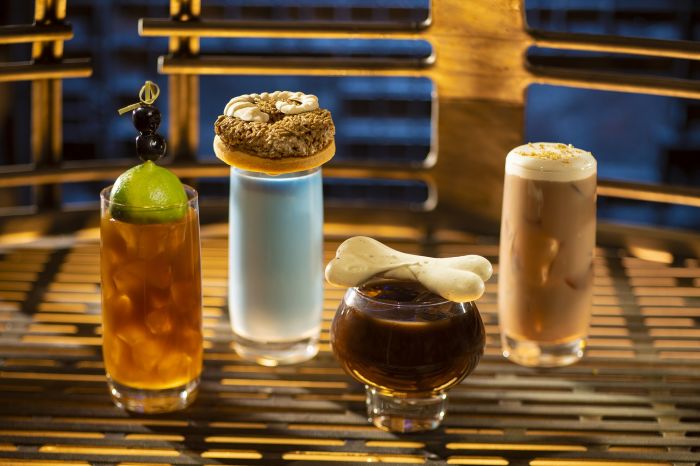
The 14-acre immersive space is also home to immersive Oga's Cantina. Guests of all ages are sure to find something delicious and refreshing on their completely Star Wars-themed menu.
A few drink names that were trademarked with the USPTO include:
- White Wampa Ale
- Gamorrean Ale
- Gold Squadron Lager
- Toniray Wine
- Spice Runner Hard Cider
- Imperial Guard Wine
Customizable Lightsabers at Savi’s Workshop
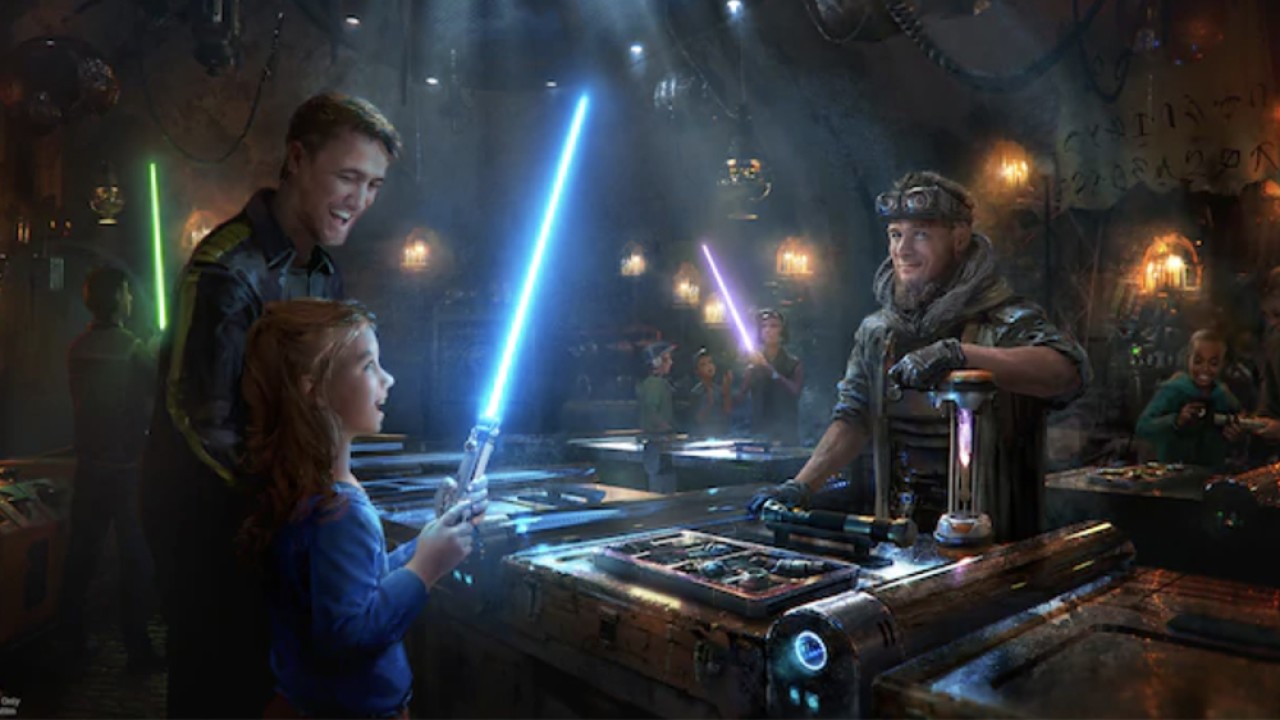
Another highly anticipated space inside Galaxy's Edge is Savi's Workshop. Here guests are ushered into a "covert workshop packed with unusual parts, whimsical pieces and miscellaneous memorabilia collected from the far reaches of the galaxy." At Savi's workshop, guests can create a custom lightsaber for $200 plus tax. Disney filed a patent application for the “Sword Device with Retractable, Internally Illuminated Blade" (US10065127B1) in 2017.
If you’re planning on heading to the $1 billion attraction this summer to brave the long lines and costly shops may the force be with you!
--
Suiter Swantz IP is a full-service intellectual property law firm providing client-centric patent, trademark, and copyright services. If you need assistance with an intellectual property matter and would like to speak with one of our attorneys, please contact us at info@suiter.com.
Lawmakers Release Framework on Section 101 Patent Reform
On April 17, 2019, a bipartisan, bicameral framework for statutory reform of 35 U.S.C. § 101 was released by several members of the U.S. Congress.
Among other things, the framework outlines a closed list of exclusive categories of statutory subject matter which alone should not be eligible for patent protection, and a “practical application” test to ensure that the statutorily ineligible subject matter is construed narrowly.
The framework was announced by U.S. Senators Chris Coons (D-Del.) and Thom Tillis (R-N.C.) of the Senate Judiciary Subcommittee on Intellectual Property, and Representatives Doug Collins (R‑Ga.), and Steve Stivers (R-Ohio). In recent months, bipartisan discussions have searched for a possible legislative solution to the patent eligibility issue facing biotechnology, medical diagnostics, and software-related innovations. The framework released comes just two months after the Senate Judiciary Subcommittee on Intellectual Property was revived by Senators Coons and Tillis on Feb. 7, 2019. Senator Thom Tillis issued a press release explaining the reasoning behind the reform.
“Today, U.S. patent law discourages innovation in some of the most critical areas of technology, including artificial intelligence, medical diagnostics, and personalized medicine,” said Senator Coons. “That’s why Senator Tillis and I launched this effort to improve U.S. patent law based on input from those impacted most.”
“Senator Coons and I requested to reinstate the Senate Judiciary Subcommittee on IP because we saw a need to reform our nation’s complicated patent process, starting with section 101,” said Senator Tillis. “The release of this framework comes after multiple roundtables and extensive discussions with stakeholders who would be affected by reforming Section 101.”
The framework released, available here, includes the following provisions:
- Keep existing statutory categories of process, machine, manufacture, or composition of matter, or any useful improvement thereof.
- Eliminate, within the eligibility requirement, that any invention or discovery be both “new and useful.” Instead, simply require that the invention meet existing statutory utility requirements.
- Define, in a closed list, exclusive categories of statutory subject matter which alone should not be eligible for patent protection. The sole list of exclusions might include the following categories, for example:
- Fundamental scientific principles
- Products that exist solely and exclusively in nature
- Pure mathematical formulas
- Economic or commercial principles
- Mental activities
- Create a “practical application” test to ensure that the statutorily ineligible subject matter is construed narrowly.
- Ensure that simply reciting generic technical language or generic functional language does not salvage an otherwise ineligible claim.
- Statutorily abrogate judicially created exceptions to patent-eligible subject matter in favor of exclusive statutory categories of ineligible subject matter.
- Make clear that eligibility is determined by considering each and every element of the claim as a whole and without regard to considerations properly addressed by 102, 103, and 112.
Coons, Tillis, Collins, Johnson, and Stivers are soliciting feedback on the proposal and encourage stakeholders to email IntellectualProperty@tillis.senate.gov.
This framework is an important development and may indicate the direction patent reform is headed. It will also be interesting to see how feedback from stakeholders affects the current framework and any forthcoming patent reform.
Suiter Swantz IP is a full-service intellectual property law firm providing client-centric patent, trademark, and copyright services. If you need assistance with an intellectual property matter and would like to speak with one of our attorneys, please contact us at info@suiter.com.
Leon G. Castro is a patent agent with Suiter Swantz IP. Leon received his B.S. and M.S. in Electrical Engineering from the University of Nebraska Lincoln.
Leon has 10 years of experience investigating prior art and performing patent-related searches. He presently focuses on patent prosecution and has drafted scores of patent applications and office action responses.
Leon is registered to practice before the United States Patent and Trademark Office.
Suiter Swantz IP Welcomes Accounting Manager Lori Noack
Lori Noack joined Suiter Swantz IP in 2019 as our Accounting Manager.
Lori holds a Bachelor of Arts Degree in Accounting from the University of Northern Iowa and is a member of the American Institute of Certified Public Accountants and the Nebraska Society of

CPAs.
Lori has extensive experience in finance and accounting. Prior to joining Suiter Swantz IP, she practiced as a certified public accountant and was the chief financial officer for the Omaha division of a national residential real estate company. Most recently, Lori spent nearly two years as a mortgage loan officer before deciding to return to the accounting profession at Suiter Swantz IP.
Outside of work, Lori enjoys traveling, cooking and spending time with her family.
Suiter Swantz IP is a full-service intellectual property law firm providing client-centric patent, trademark, and copyright services. If you need assistance with an intellectual property matter and would like to speak with one of our attorneys, please contact us at info@suiter.com.
World IP Day 2019: IP and Sports
Today, April 26th, 2019 marks the 19th annual World Intellectual Property (IP) Day.
Each year, IP offices, inventors, enterprises, and students are encouraged to celebrate the important role intellectual property rights play in encouraging innovation and creativity.
This year’s theme, "Reach for the Gold: IP and Sports,” examines how sport inspires innovation around the world. In celebration of this year’s theme, take a look at 5 popular pieces of intellectual property in sports technology.
This slideshow requires JavaScript.
1. The Athletic Cleat
In the early 1920s, cleats were made of leather and nailed to the sole of a shoe. This required the use of a cobbler to make any kind of an alteration which was inconvenient, especially when athletes needed different cleats for different weather. After being inconvenienced too many times, John T. Riddell was inspired to create the removable cleat in 1923.
After finding success in creating numerous athletic cleats, Riddell went on to found John T. Riddell, Inc. in 1929, a company dedicated to innovation, protection, and performance.
2. The Helmet
In 1939, Riddell invented the first plastic suspension helmet. Riddell's version of the helmet replaced the soft leather helmets formally used, with a plastic shell and a webbed suspension that could absorb some of the shock impacting the head when a player was struck on the field.
The US government took notice of the invention and soon after, Riddell granted the government a license to use his suspension system in the production of military helmets and liners during World War II.
The company continued to find success after John T. Riddell passed away in 1945, exclusively outfitting all NFL teams (with the exception of the New England Patriots) from the mid-1970s to 2013.
In the hopes of encouraging innovation and prevention of head injuries, the NFL revoked Riddell's exclusive branding rights as "the official helmet of the NFL" at the end of the 2013 season; However, Riddell still retains its exclusive commercial license for collectible helmets.
Today players are encouraged to use "top-performing" helmets as listed by the NFL. Riddell currently produces nine of the 27 models listed as "top-performing."
3. Nike and the Waffle Trainer Sole
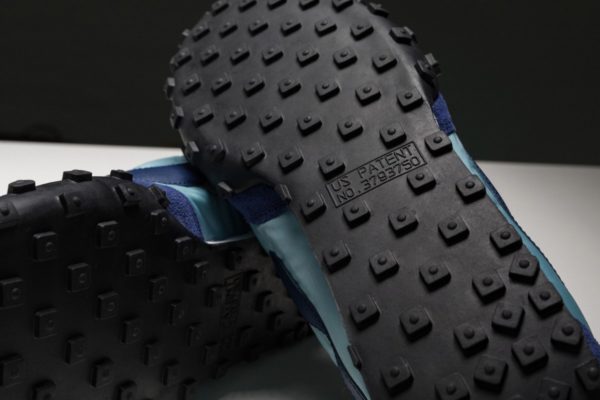
Nike's Bill Bowerman was inducted into the National Inventors Hall of Fame in 2014 for his contributions to the modern athletic shoe.
His "Waffle Trainer Sole" was the first shoe that featured raised rubber nubs similar to those on modern mountain bike tires, giving the athletic shoe traction without weighing it down. Bowerman's first prototype was created using his wife's waffle iron.
Bowerman joined forces with his former student Phil Knight to found Blue Ribbon Sports (Nike's predecessor) in 1964. They opened their first retail outlet in 1966 and launched the Nike in 1972.
The Nike Swoosh trademark was created by Carolyn Davidson in 1971. Knight originally paid Davidson $35 for the design, but eventually compensated her with a golden swoosh ring and 500 shares of Nike stock to express his gratitude.
4. Gatorade

Gatorade was created in the summer of 1965 by a group of scientists at the University of Florida. Researchers Dr. Robert Cade, Dr. Dana Shires, Dr. H. James Free, and Dr. Alejandro de Quesada were tasked with creating a solution for the school's football players (the Gators) being affected by the hot Florida sun during football practice.
Their creation was Gator-aid, a precisely balanced carbohydrate-electrolyte beverage that adequately replaced fluids and electrolytes lost through extensive exercise.
When the Gators began outlasting a number of heavily favored opponents, other teams took notice and the use of Gatorade began to spread outside the state of Florida. In the years that followed, more and more NFL teams began placing Gatorade on the sidelines of their games and practices, and in 1983, Gatorade became the official sports drink of the NFL. Gatorade has also been considered "the official sports drink" for numerous other professional, collegiate, and amateur sports teams and events throughout the world since its inception.
5. The Flex-Foot Cheetah
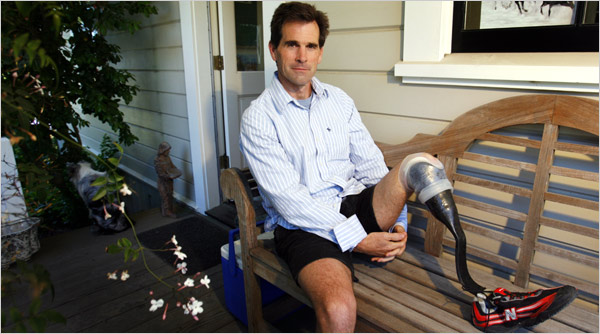
This iconic prosthetic was created by Van Phillips in the 1980s after he lost part of his leg in a water skiing accident.
Frustrated by the stiff, uncomfortable prosthetics at the time, Phillips was determined not only to create a better prosthetic but to return to his athletic, active lifestyle.
In 1985, Phillips was granted his first patent for a "Composite prosthetic foot and leg" under Flex-Foot, Inc.
Since then Phillips has attained approximately 100 U.S. and international patents and has made it possible for amputees to live richer, more active lives and participate in sports such as running, skiing, hiking, and climbing.
History of World IP Day
On April 26th, 1970 the WIPO (World Intellectual Property Organization) was established as a specialized agency of the United Nations. WIPO is dedicated to developing a balanced and accessible international intellectual property (IP) system, to encourage creative activity, and to promote the protection of intellectual property throughout the world.
The anniversary of its founding is observed by World IP Day, a day of promoting and increasing general understanding of intellectual property. World IP Day was officially designated on April 26th, 2000.
--
Suiter Swantz IP is a full-service intellectual property law firm providing client-centric patent, trademark, and copyright services. If you need assistance with an intellectual property matter and would like to speak with one of our attorneys, please contact us at info@suiter.com.
Join our team: Suiter Swantz IP is currently seeking a Content Marketing Intern
We are currently looking for a Content Marketing Intern to join our team for the summer!
Do you know someone who loves writing and has an interest in intellectual property? Do they have experience contributing engaging and knowledgeable content to the fast-paced digital space? Are they looking for a full-time paid internship for the summer to fulfill college credit? We want to hear from them.
More information about the position and desired qualifications can be found below. We encourage anyone with a passion for writing and general interest in copyright, patents, trademarks, and other intellectual property to apply.
Interested candidates should send their resume, cover letter, 3 writing samples, and references to our Marketing Coordinator, Melanie Lucks, at mkl@suiter.com.
Suiter Swantz IP is an equal opportunity employer and does not discriminate on the basis of race, color, national origin, ethnic background, religion, gender,
sexual orientation, age, or disability.
Protecting Your Innovation and Brand: Lunch & Learn May 1st at SDSU Research Park
Suiter Swantz IP Co-Owner & Patent Attorney Matt Poulsen will host a lunch and learn session at SDSU Research Park this Wednesday, May 1st.
The session is geared toward early-stage startups and small businesses looking to learn more about intellectual property, lean patent and trademark protection strategies, with a specific emphasis on critical timing requirements and foreign protection.
The event is free, open to the public, and will take place in Room 153 at SDSU Research Park at noon. For more information, those interested can email Matt Poulsen at map@suiter.com.
Suiter Swantz IP is a proud anchor tenant of Research Park. The Brookings Innovation Center at the Research Park is home to several organizations designed to assist and serve startup organizations in the Brookings, South Dakota area.

